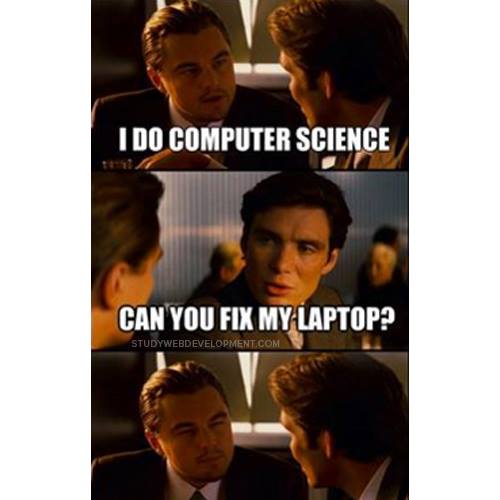
The images you share are just as important as the words you write when it comes to conveying a message. Great looking photos or images go a long way when it comes to social media engagement as well.
In fact, according to HubSpot,
"when people hear information, they're likely to remember only 10% of that information three days later. However, if a relevant image is paired with that same information, people retained 65% of the information three days later." (Source)
In the same article shared by HubSpot, they mention that "Content with relevant images gets 94% more views than content without relevant images."
But there are so many image dimensions to remember, especially when considering how many social platforms there are. From Facebook and Twitter to LinkedIn, Pinterest and Instagram, it can be difficult to keep track of all of the social media image dimensions out there.
Facebook Image Dimensions:

Cover Photo: 851 x 315 pixels
As a best practice, try to display an image the reflects your dealership accurately to your audience.
Profile Photo: 180 x 180 pixels
Since your profile photo is attached to everything you do on Facebook (comments, likes, posts, etc.), it's important to make sure that you choose a photo that best reflects your business. I recommend using your dealership logo so that it's easy to recognize.
Shared Image: 1200 x 630 pixels
Shared images show up in the newsfeed of your Facebook connections. By sharing meaningful images you can engage your connections in powerful, trust-building conversations.
YouTube Image Dimensions:

Channel Cover Image: 2560 x 1440 pixels (for desktop), 1855 x423 pixels (for tablets), 1546 x 423 pixels (for smartphones), and 2560 x 1440 pixels (for TV)
Admittedly one of the things that frustrate me about YouTube's image dimensions is that they have to work across multiple devices. Since YouTube is streamed across multiple devices, there isn't an easy way to have one image that works across all their platforms (from phones to television). You can click here to get a YouTube Channel Image template to work from which should make things easier.
Custom Video Thumbnail: 1280 x 720 pixels
Research has proven that having a custom thumbnail for your videos helps with clickthroughs.
Twitter Image Dimensions:

Twitter Header Photo: 1500 x 500 pixels (maximum 100kb file size)
Twitter Profile Photo: 400 x 400 pixels
Since your Twitter profile photo is your main identifier on the social platform, I recommend using your dealership logo. That way it's easy for people to recognize you in the fast moving twitter stream. Don't let the speed of the Twitter stream scare you, though. A few months ago I shared some strategies that you can use to grow your Twitter followers and avoid the Twitter Stream here.
Twitter In-Stream Photo: 440 x 220 px
Including eye-catching graphics for your tweets is a great way for people to slow down their Twitter stream and take a look at what you've shared. Up until May 2016, images used to count against the 140 character limit, but now Twitter has announced that they don't anymore!
LinkedIn Image Dimensions:

LinkedIn Standard Logo: 100 x 60 pixels
LinkedIn Career Cover Picture: 974 x 60 pixels
LinkedIn Banner Image: 646 x 220 pixels
It can be pretty easy to self-promote on LinkedIn until you're blue in the face, but you need to pump the brakes a little. Even though LinkedIn is a professional social network, that doesn't mean you have to talk about yourself like you think you're God's gift to the business community. Be genuine. Share highlights from your career that will align you with like-minded professionals. Remember that only talking about yourself and why you think you're the best doesn't make for good conversation on or offline.
Google Plus Image Dimensions:

I know, I know - Google Plus is dead (or something like that)... but since people are still kinda using it, I thought I'd include some dimensions for you.
Google Plus Profile image: 250 x 250 pixels
Google Plus Cover Image: 1080 x 608 pixels (random size...)
Google Plus Shared Image: 497 x 373 pixels or 150 x 150 pixels
Instagram Image Dimensions:

Instagram Profile Image: 110 x 110 pixels
Instagram Photo Size: 1080 x 1080 (1:1), however, Instagram also lets you upload in a variety of sizes now. Square images still tend to stand out more.
Instagram Photo Thumbnails: 161 x 161 pixels
Pinterest Image Dimensions:

Pinterest Profile Image: 165 x 165 pixels
Even though the Pinterest profile image doesn't stretch across the medium like Twitter or Facebook, it's still important to have a nice one. In a similar theme to my other recommendations, use your dealership logo. That way you're able to maintain brand consistency across all of your social profiles.
Board Display Image: 222 x 150 pixels
Pin Sizes: 236 pixels w with scaled height.
Expanded pins will have a minimum width of 600 pixels.









